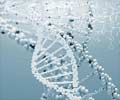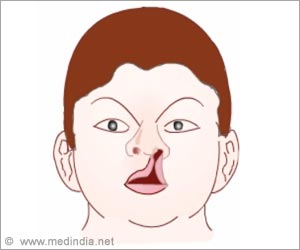Gene transplant, a technique to treat the so-called bubble babies, afflicted with SCID, a genetic disorder, may actually be causing more harm to the patient than thought.
Gene transplant, a technique to treat the so-called bubble babies, afflicted with a genetic disorder called Severe Combined Immunodeficiency (SCID), may actually be causing more harm to the patient than thought. It is now suggested that the gene transplant procedure activates a cancer-causing gene, predisposing the patient to leukemia and death.
Reports of leukemia related death of a young boy as a consequence of gene therapy trial treatment of SCID has raised concerns about the use of this technique as a cure for this serious hereditary immune disorder.Mutation in a gene called IL2RG is known to cause SCID. The protein product of this gene plays a crucial role in the growth of immune cells. Any abnormality in this protein leads to an increased susceptibility to infections. Children suffering from this disease therefore have to protected in a sterile environment (a bubble like encasement) and hence the name.
Gene therapy or rather gene transplant involves introduction of the corrected version of the gene (normal gene) into the body. A study conducted on mice at the Salk Institute in California under the guidance of Prof Inder Verma highlights that this gene replacement can trigger cancer. The result of this controveraisl study is published in the most prestigious Nature journal.
Nearly one third of the mice treated with the normal version of the IL2RG gene developed a form of blood cancer. 'Curing X-SCID by replacing IL2RG in the manner it is currently being done puts patients at an increased risk of developing cancer,' said Dr Niels-Bjarne Woods, a researcher involved in the gene therapy trial.
However, Prof Adrian Thrasher, has something different to say. 'On the basis of the data that is published, which is very preliminary, it is quite possible that the effects are caused by the artificially high levels of the gene in the animals. Certainly we and our colleagues have found no evidence for this effect,' he remarked.
Prof Adrian Thrasher has treated eight boys suffering from this life-threatening disorder with the normal gene at the Great Ormond Street Hospital. Additionally, he has treated two young victims afflicted with Chronic Granulomatous Disorder (CGD) using gene transplant, both of whom managed to clear infections that had not responded to treatment previously.
Advertisements
Clearly, more studies are indicated to accurately assess the risk and benefit ratio associated with gene therapy before it can be commercialized.
Advertisements











